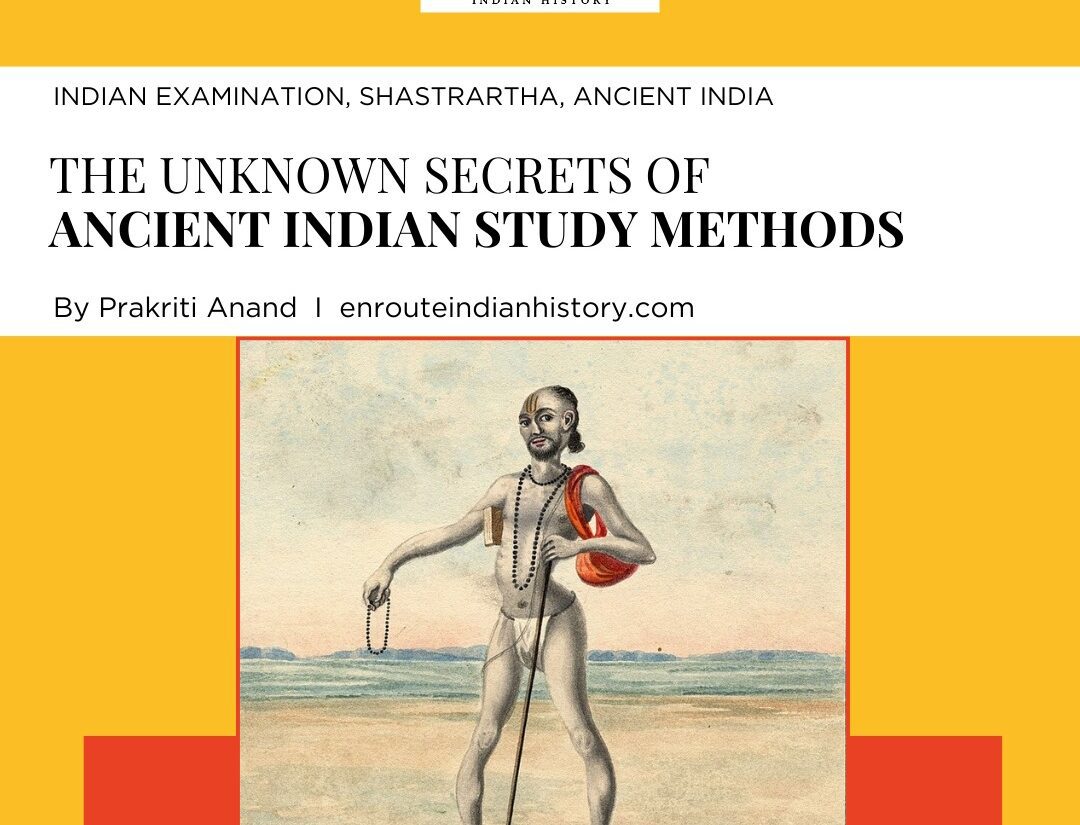Article By EIH Researcher And Writer
Jisa Ann Thomas
Harihara is the fused characterization of the Gods, Vishnu and Shiva. Hari is the form of Vishnu, and Hara is the form of Shiva. Harihara is also known as ‘Shankaranarayana’ (‘Shankara’ is Shiva and ‘Narayana’ is Vishnu). The diversity within Hinduism encourages a wide variety of beliefs and traditions, of which two important and large traditions are associated with Vishnu and Shiva. Some schools focus on Vishnu as the Supreme God, and others on Shiva. The Puranas and various Hindu traditions treat both Shiva and Vishnu as being different aspects of the one Brahman. Harihara is a symbolic representation of this idea. Devdutt Pattanaik mentions an Odia song where Lakshmi and Parvati tease each other by mocking each other’s husbands. Lakshmi wonders about the health of Shiva’s mount, Nandi, who she describes as an old weak bull. Parvati retorts by describing Vishnu as a cowherd who should know more about the health of cattle.
To put an end to this verbal joust, Shiva and Vishnu merge into one being Hari-Hara, to show they are the same, not different, not higher or lower. The song uses a very household scene to evoke the Shaiva-Vaishnava rivalry that was at its peak in Odisha 500 years ago. The problem is resolved in a very amicable way: the two gods are seen as two aspects of the same divine. In this song, God is not perfect. God has many forms, and each form – male and female – has flaws. Each form completes the other, making them all part of a jigsaw puzzle.
Harihara is depicted in art as split down the middle, one half representing Shiva, the other half representing Vishnu. The Shiva half will have the matted locks of a yogic master piled high on his head and sometimes will wear a tiger skin, reserved for the most revered ascetics. Shiva’s pale skin may be seen as ash-covered in his role as an ascetic. The Vishnu half will wear a tall crown and other jewelry, representing his responsibility for maintaining world order. Vishnu’s black skin represents holiness. Broadly, these distinctions serve to represent the duality of humble religious influence in the ascetic and authoritative secular power in the king or householder. However, in other aspects Shiva also takes on the authoritative position of householder, a position which is directly at odds with the ascetic position depicted in his Harihara manifestation.

Harihara
Courtesy- Sothebys

Hari-hara, the union of Vishnu and Shiva, ca. 1825, Company Style, Trichinopoly.
Courtesy- Victoria & Albert Museum.

Hari-Hara, ca. 1890, Kolkata.
Courtesy- Victoria & Albert Museum
References-
- March 20, 2024
- 15 Min Read
- February 16, 2024
- 8 Min Read























